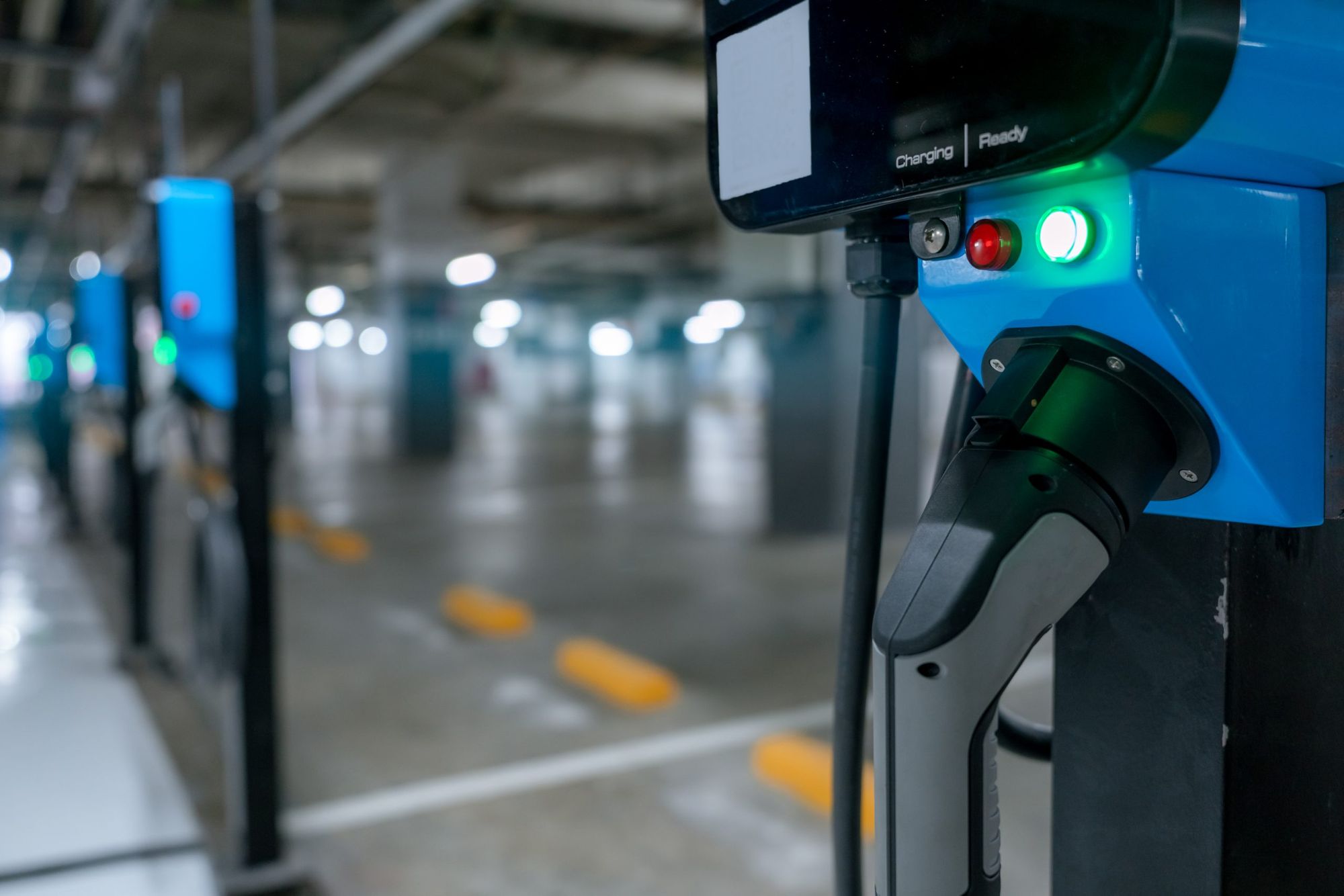Zambia’s copper can drive a global shift to electric cars.
Zambia is the sixth largest copper producer in the world, holds the second largest cobalt reserves, and has ore mineralization of lithium, manganese, nickel, and graphite, all minerals critical for the Electric Vehicle (EV) battery industry.


Zambia is the sixth largest copper producer in the world, holds the second largest cobalt reserves, and has ore mineralization of lithium, manganese, nickel, and graphite, all minerals critical for the Electric Vehicle (EV) battery industry.
The copper wire export opportunity that has not been tapped yet, once it's tapped it will bring four times more revenue than exporting raw copper.
The global shift to electric vehicles (EVs) is opening up new possibilities for Africa’s second-largest copper producer. A pure electric vehicle can contain more than a mile of copper wires. Electric-car charging points also have heavy copper-wire requirements, with solar panels, wind turbines, and smart power grids also needing copper wiring and cabling.
The Government of the Republic of Zambia (“GRZ”) is already positioning itself to take advantage of the anticipated global demand for copper and cobalt, as well as the bullish EV battery market. Here is how:
i) Increasing Copper Output
In 2022 the Government of the Republic of Zambia set a national annual copper production target of 3 million metric tonnes to be achieved starting in 2031. The 275% increase in annual production from the current 800,000 tonnes will be achieved by expanding output at existing mines and opening up greenfield projects.
Since the current Government came into power in 2021, First Quantum Minerals (“FQM”) pledged a USD1.25 billion investment to expand operations at Kansanshi Mining Plc (“KMP”). ZCCM-IH in partnership with EMR Capital and KoBold is also in the process of setting up a new copper mine in the next 10 years Mingomba Mine whose detailed exploration works using AI technology commenced during the quarter, will sit on one of the richest ore bodies in the world with an estimated 247 Metric Tonnes (“MTs”) of ore with an average grade of 3.64% copper according to the Lubambe Extension Project study.
ii) Value Addition to Minerals Used in EV Battery Production.
Zambia is Africa’s second-largest producer of both copper and cobalt, eclipsed by the Democratic Republic of Congo (DRC) which accounts for 70% of global cobalt production. In spite of this, both countries are considered among the least developed, and continue to export raw metals critical for the EVs industry. To change this narrative, both Zambia and the DRC signed a Memorandum of Understanding (MoU) with the United States of America (USA) to jointly develop manufacturing plants that will increase their involvement in the global supply chain for EV batteries.
In addition to the extraction of raw materials needed to produce EV batteries, both countries will be involved in the processing, manufacturing, and assembly of EV batteries and battery components for export. By engaging in the refining of and value addition of minerals extracted to produce EV batteries and battery components, both countries will yield significantly greater economic benefits from their copper and cobalt deposits.




